How to Choose the Perfect Crib for Your Baby's Nursery

When we parents are out to buy a crib for our babies, we're faced with a ton of options. There are traditional wooden ones, and those sleek, convertible models. With so many choices around, it can be a real headache to find the one that suits our needs, style, and budget. To make this search easier for you, Hulala is here to share some practical advice based on real-life experiences and professional knowledge.
Why a Crib Is Way More Important Than You Might Think
A crib isn't just a place for your baby to catch some Z's. It's their very first safe haven, providing a sense of security during those crucial growing years. My cousin, who's a first-time mom, spent weeks comparing different features when she was picking out a crib. She was dead-set on making sure it met all the safety standards.
She told me, "I was looking for something sturdy, but not too bulky. After ages of searching, I finally found the perfect one. And guess what? It's still in great shape, even with baby number two using it now."
How to Choose the Perfect Crib?
1. Safety Standards
Make sure the crib has the JPMA Certification, or an equivalent one in your country. This is a must - have! Also, check that the slats are no more than 2 3/8 inches apart. We don't want our babies getting stuck between them; that would be a nightmare!
2. Adjustable Mattress Heights
This feature is an absolute lifesaver, seriously! I learned this the hard way with my niece. One moment she could barely crawl, and the next, she was trying to climb over the crib walls.
If the mattress height couldn't be adjusted, I'd have been constantly worried about her falling out. With adjustable heights, it kept her safe and made those middle-of-the-night diaper changes a whole lot easier.
3. Durable Materials
Solid wood is a great choice. It's long - lasting and eco - friendly. But don't count out metal cribs either. Some of them look really modern and are super durable. My friend decided to go for a reclaimed wood crib. It added this rustic charm to their nursery, and they felt good about being environmentally conscious.
However, my friend's kid is quite a handful. Once, the little one almost shook the toddler bed railing to pieces when the crib was converted. Amazingly, the crib held up well. That's when I really thought the money spent on it was worth it!
5-in-1 Convertible Crib
Different Types of Cribs: Which One Fits Your Lifestyle?
1. Convertible Cribs
These cribs are like the chameleons of baby furniture. They can transform from a crib to a toddler bed and even a daybed as your child grows. Sure, they cost more upfront, but in the long run, they're a great investment.
A friend told me, "When our daughter outgrew her crib, we easily converted it into a toddler bed. It's been six years, and we're still using it. The higher price tag doesn't seem so bad now."
2. Mini Cribs
If you're short on space at home or want to keep a crib at your parents' place for when you visit, mini cribs are the way to go. They're compact and easy to move around. Plus, they're usually more budget - friendly. But keep in mind, babies tend to outgrow them faster. However, I think they look really cute in small apartments and take up hardly any space.
3. Traditional Cribs
Traditional cribs are the classic choice. They're sturdy and straightforward. While they might not have all the bells and whistles of convertible cribs, they're often more affordable and a breeze to assemble. I was really torn between a traditional crib and a convertible one when I was shopping.
The traditional one was cheaper, but the convertible had more functions. I spent days reading reviews online, my eyes were almost crossing. In the end, I almost went for the traditional one because of the budget. But then I splurged and got the convertible crib.
Hulala Home Convertible Crib
Common Mistakes to Avoid When Buying Cribs
1. Ignoring the Assembly Instructions
I had a neighbor who was in a rush to set up the crib. Guess what? She ended up with mismatched parts. It was a total mess. Don't be like her. Follow the instructions carefully, step by step. It'll save you time and ensure the crib is safe and stable.
2. Prioritizing Aesthetics Over Functionality
Some cribs look absolutely gorgeous, but we must put safety and practicality first. A mom I know confessed, "I bought a crib just because it looked amazing on Instagram. Only later did I realize it couldn't even fit through our bedroom door."
Oh my god, can you imagine how frustrating that must be? We really can't just focus on looks when it comes to something as important as a crib for our babies.
3. Skimping on the Mattress
The mattress is just as crucial as the crib itself. Look for one that's firm and fits snugly in the crib frame. My brother made the mistake of buying a second-hand mattress without thoroughly checking for signs of wear. Sure enough, he had to replace it sooner than he expected. What a waste of money!
Final Thoughts
Every family is unique, and the best crib for you depends on your lifestyle, the space you have at home, and your budget. Take your time to read reviews, visit stores to test how stable the cribs are, and don't be shy to ask other parents about their experiences. Remember, the crib you choose is an investment in your baby's safety and comfort. A little extra effort now can bring you years of worry - free nights.




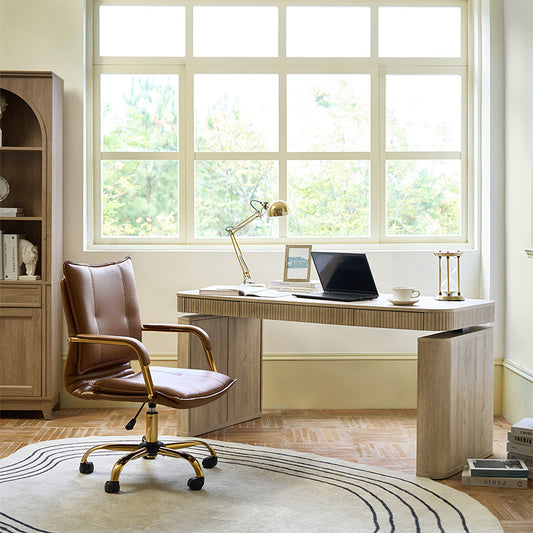
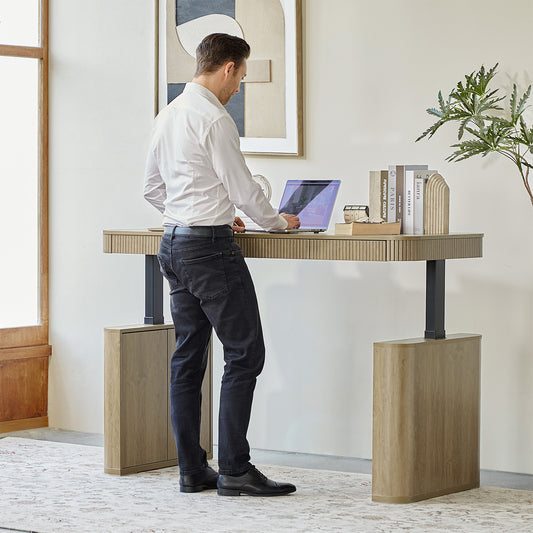
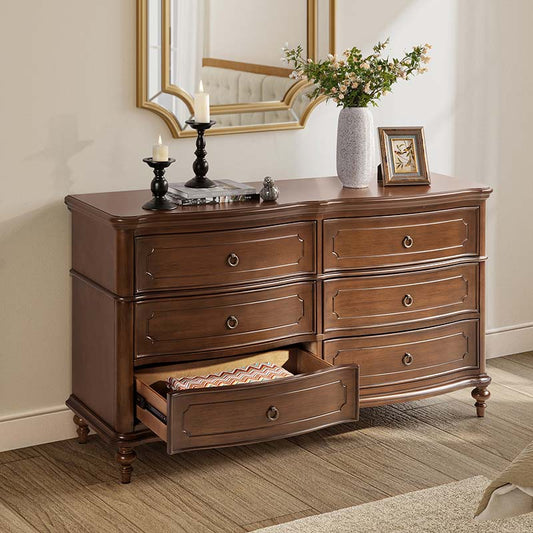
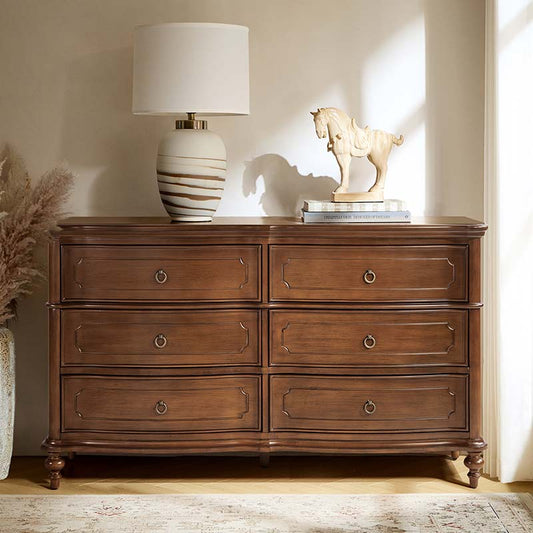
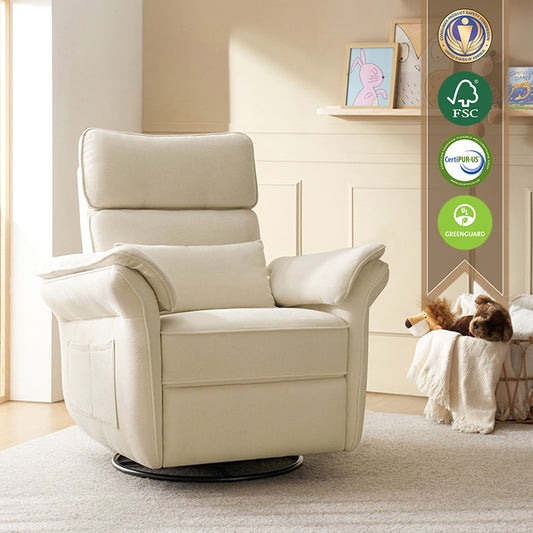
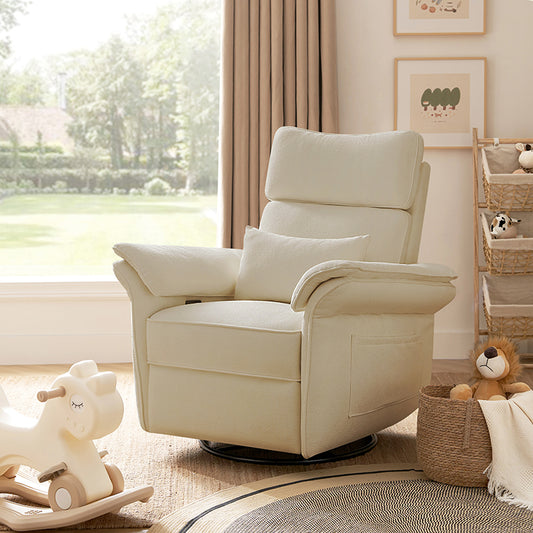
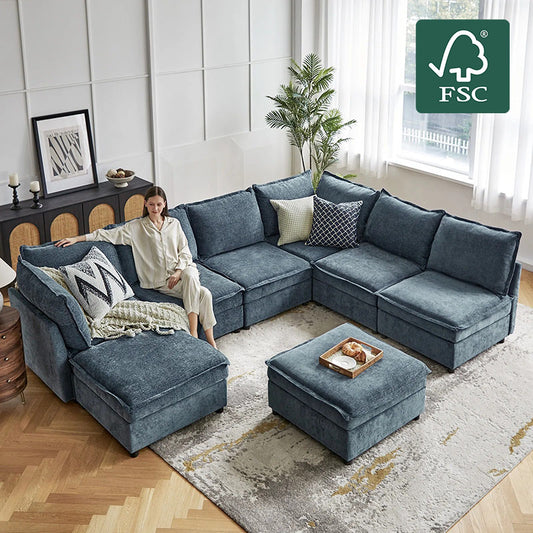
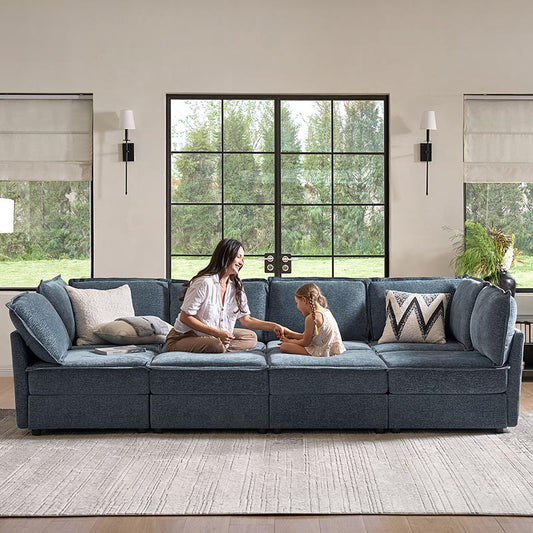
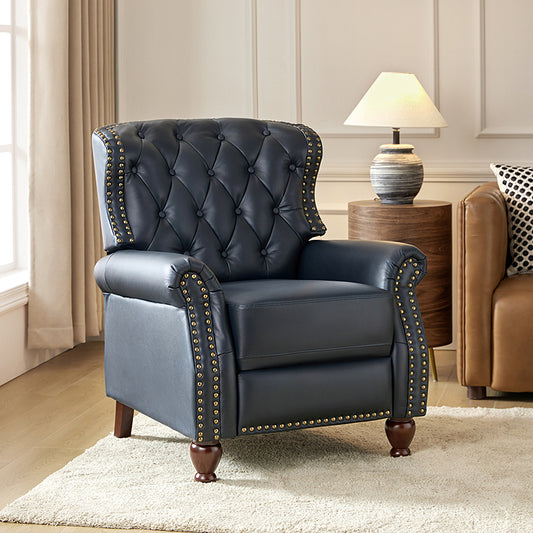
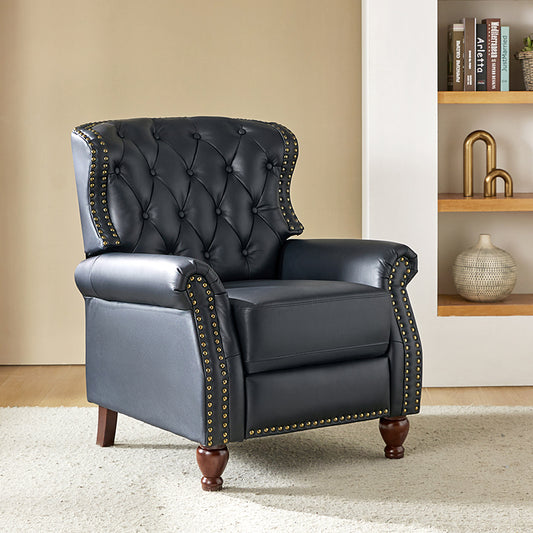
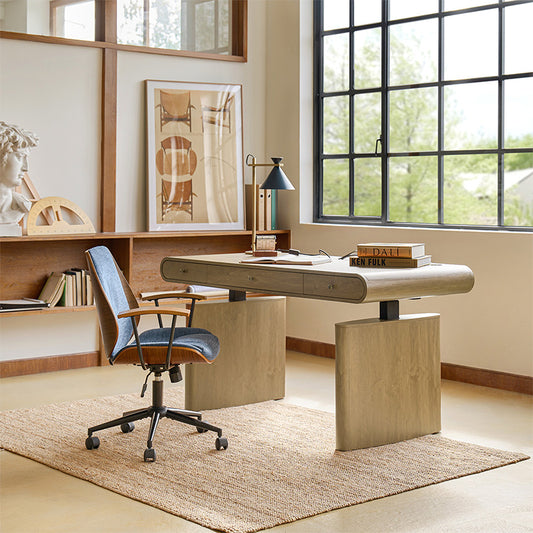
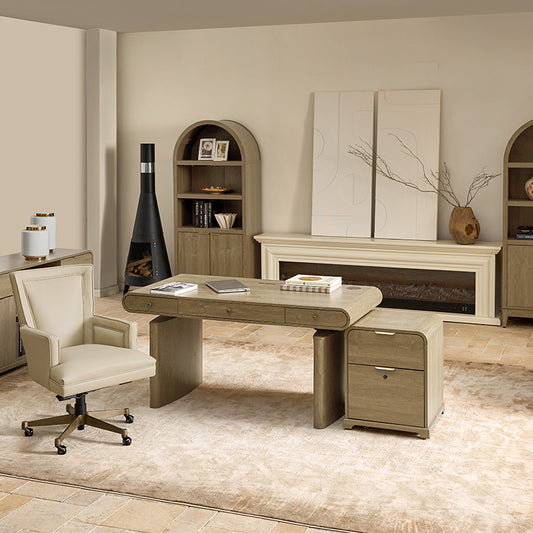


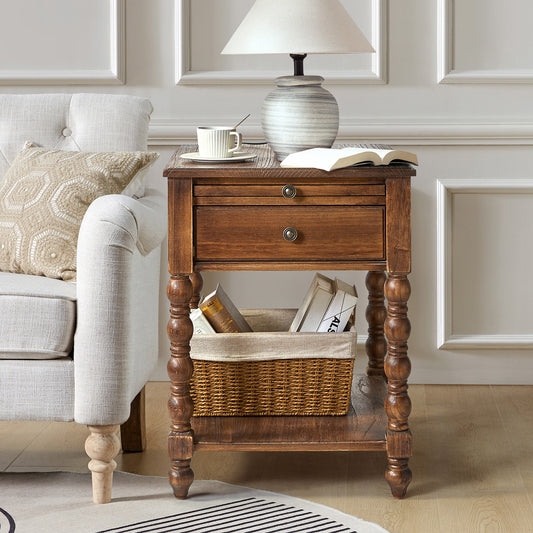
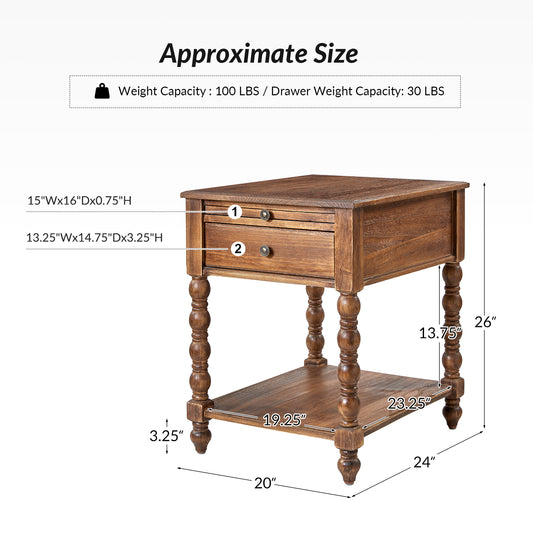









No comments